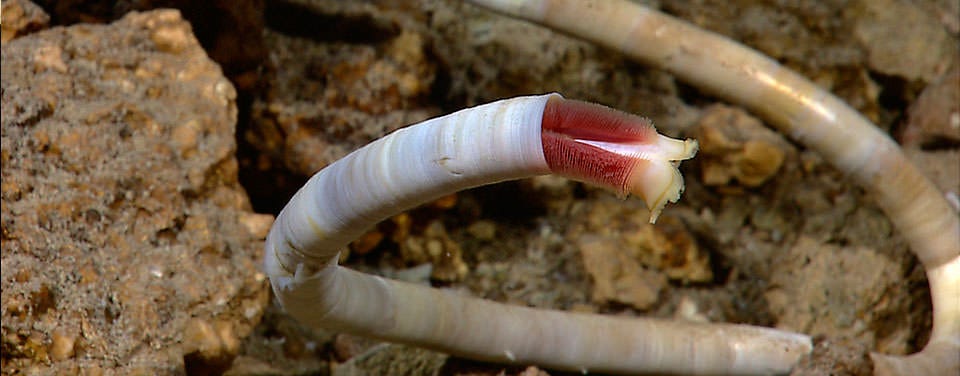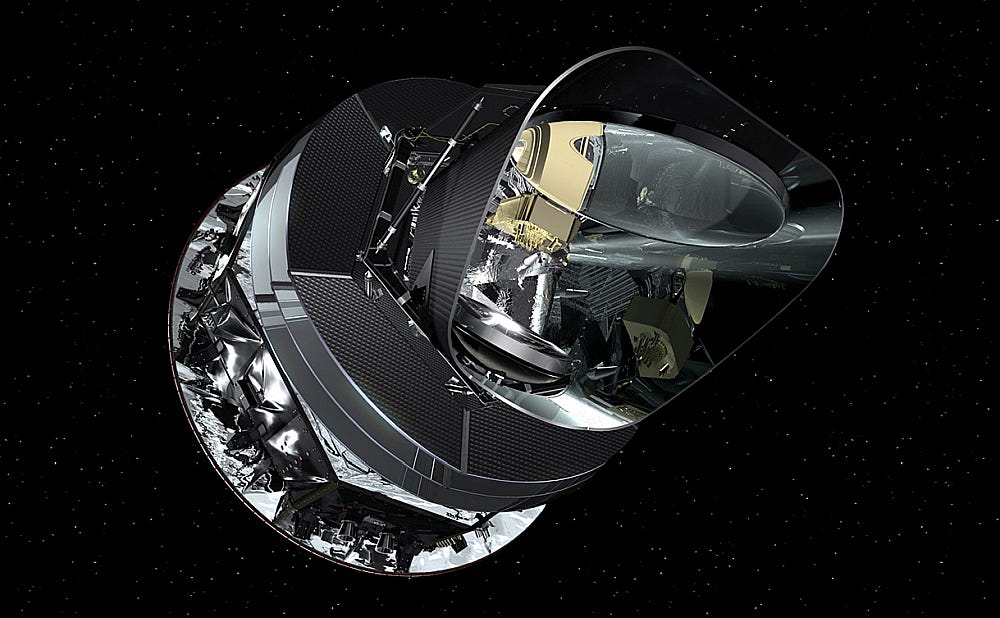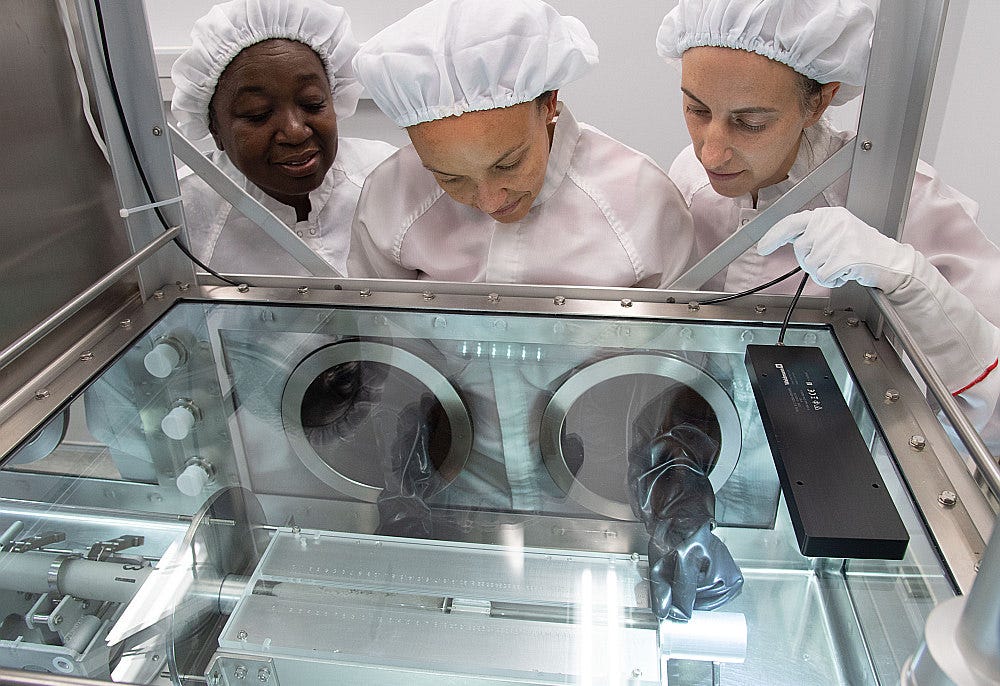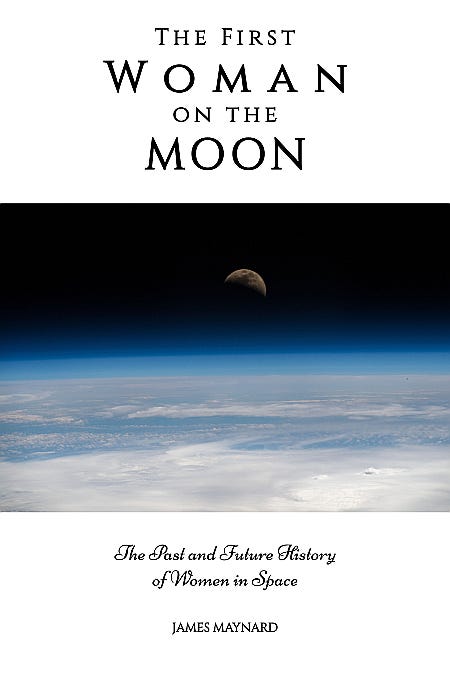The Cosmic Companion November 9, 2019
Happy birthday, Carl Sagan! This week, we look at what hydrothermal vents on Earth can teach us about alien life, questions are raised about a spherical Universe, and NASA opens Apollo rock samples.
Hello everyone!
Today would have been Carl Sagan’s 85th birthday. Throughout my childhood, I always wanted to follow in his footsteps, write about astronomy, and help spread the light of science everywhere.
When I was about 10 years old, I created a monthly science “magazine,” called Our World’s Science. Each month, I typed out 5-6 stories (all of 2-3 paragraphs each), drew a cover in Sharpie marker, and my mother would Xerox the eight-or-so pages, which I would staple together. Then, I would walk around the neighborhood, selling copies to neighbors and people in nearby stores and businesses.
Today, The Cosmic Companion covers several stories a week (often featuring exclusive interviews with researchers), and is available on the web, Facebook, Instagram, Twitter, and as a video series, podcast, and my stories are delivered by artificial intelligence through Amazon Alexa. I hope Carl would be proud.
This week, we look at how deep sea vents under the oceans of Earth could help explain how life might form on other worlds, we discuss how the Universe may be a sphere and why that is a problem for cosmology, and we look over the shoulders of NASA researchers as they open samples brought to Earth by Apollo astronauts in 1972.
Remember that Astronomy News with the Cosmic Companion is now available on all major podcast distributors, including iTunes and TuneIn! Or, listen in at: https://thecosmiccompanion.substack.com.
The Cosmic Companion also offers a premium newsletter, featuring weekly exclusive videos, the astronomy comic of the week, and more. Just $5 a month, or $50 a year! Sign up at: https://thecosmiccompanion.substack.com.
Or, you can buy me a cup of coffee for my work!
Let’s take off!
The Week in Space
Seeing Deep History — and Deep Space — in Deep Sea Vents
Life on Earth first formed near deep-sea vents, not shallow pools, new research reveals. The basic idea is not new, but the origin of life is one step closer to being understood, a new investigation from University College London reveals.

A tubeworm which evolved to survive on the border between the hot alkaline environment near a deep sea vent and the open ocean. Bacteria inside the worm convert chemicals released by the vents into energy for the creature. Image credit: NOAA
A new study from the University College London (UCL) suggests that life on Earth may have developed from the odd chemistry surrounding deep sea vents. This finding could also offer a new look at how life might develop on other worlds.
Life first developed on Earth not long after our world solidified and the first ocean(s) formed. Estimates for the first appearance of life on Earth range from roughly 3.8 billion to more than 4.3 billion years before our time. By comparison, our home world is thought to be be just 4.54 billion years old, and the oceans formed 4.4 billion years ago.
Read more: http://bit.ly/Seeing-Deep-Sea-Vents
The Universe may be a Sphere, and that’s a Problem
Could the Universe be a sphere, rather than flat? A new examination of data from a defunct satellite poses a mystery that could result in a cosmological crisis.

The Planck spacecraft collected significant data about the Universe, including details of radiation left over from the first light in the Universe. Image credit: NASA/JPL-Caltech
For years, cosmologists have pondered the overall shape of the Universe, developing their ideas by merging data from a wide range of studies. Doing so produced the standard cosmological model, which suggests the Universe is flat. However, a new look at the cosmic background radiation — the echo of the first light of the Universe — shows everything around us may have a closed shape, like a sphere.
The Lambda-Cold Dark Matter (LCDM) model is, currently, our best understanding of the visible Cosmos. One of the fundamental conclusions of this model is that the Universe is flat. In such a Universe, two perfectly parallel light beams sent into space would continue on forever, never meeting. This idea is accepted by many researchers, since such a model answers several questions in cosmology.
Read more: http://bit.ly/Universe-Sphere-Problem
NASA Unseals Lunar Samples from Apollo Prepping for New Mission to Moon
Before NASA sends human beings back to the Moon, researchers examined pristine lunar samples returned by the Apollo astronauts. Here’s what they are hoping to find— and what remains to be discovered.

Andrea Mosie, Charis Krysher and Juliane Gross open lunar sample 73002 at NASA’s Johnson Space Center in Houston. The Moon rocks inside this tube have remained untouched since they were collected on the lunar surface and brought to Earth by Apollo astronauts more than four decades ago. Credits: NASA/James Blair
Researchers at NASA have opened a sample of material from the Moon untouched by humans for more than four decades. When this material was brought to Earth by the astronauts of the Apollo 17 mission, I am Woman by Helen Reddy headed the Top 40 music chart, The Price is Right premiered on CBS, and the North Vietnamese government walked out of the Paris Peace Talks.
Today, a new examination of this material, collected by Apollo 17 astronauts Gene Cernan and Harrison “Jack” Schmitt, could answer mysteries about the Moon, as NASA prepares for the return of humans to the lunar surface as part of the Artemis program.
Read more: http://bit.ly/NASA-Lunar-Samples-Apollo

Coming soon: The First Woman on the Moon: The Past and Future History of Women in Space by James Maynard
Thanks for reading!
Check out my new podcast, Astronomy News with The Cosmic Companion, available on all major podcast distributors, including iTunes and TuneIn! Or, listen in at: https://thecosmiccompanion.substack.com. You can also now add Astronomy News with The Cosmic Companion to your flash briefings on Amazon Alexa!
If you want to keep up with the latest updates and news about astronomy and space exploration, visit www.thecosmiccompanion.com, join my Facebook page, and follow @TheCosmicCompanion on Instagram and @CompanionCosmic on Twitter.
Remember - VIP members receive this newsletter, plus a second weekly newsletter with sneak previews of each video episode of Astronomy News with The Cosmic Companion, an astronomy comic of the week, rare space photos, and more! Plans start at just $5!
Do you know someone else who would love this newsletter? Please share! Invest in knowledge with a premium subscription for yourself or a loved one today (including advance viewings of my weekly video show)! Or, I’d love it if you could buy me a cup of coffee - I LOVE coffee! Thanks!
Astronomy - Don’t Leave Home Without It!
- James


